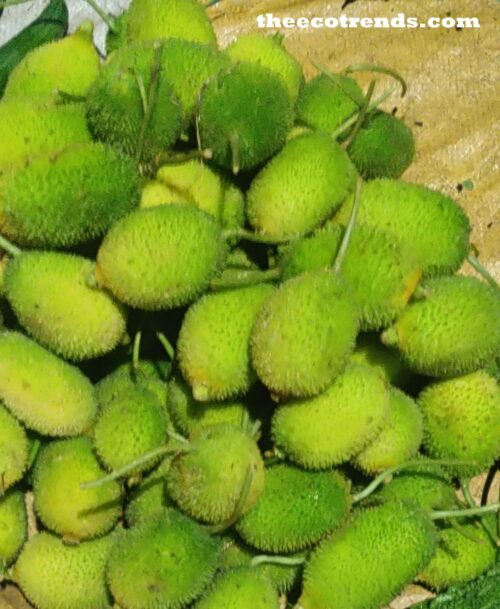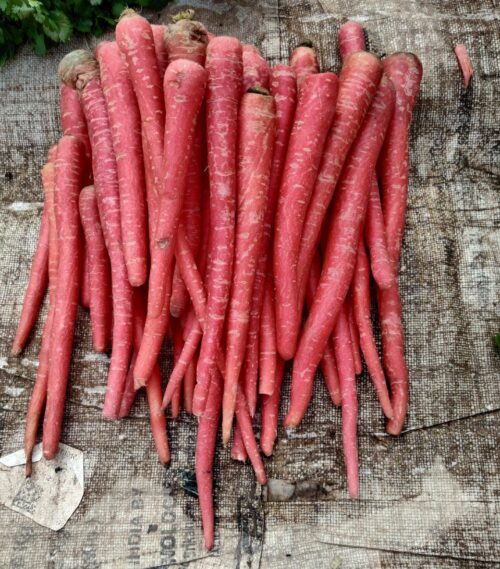Coarse grains are broadly discussed these days. Now the world has come to know about their importance. Coarse grains have been contained in the Indian dishes since long. Now that the harmful effects of soft grains are known, the world has come to advocate the coarse grains.
Some persons say that leaving wheat and rice, bajra, ragi, jowar, jao, kangani, kutki or kodo, jai etc. are included in the list of coarse grains. Why
are these called as coarse grains? Well, one reason to call these grains as coarse grains is that these are rough as compared to wheat and rice.
Nutrition experts are so impressed with these foods that they call it as Super Food. Like other grains these grains can also be used to prepare cheela, khir, khichadi, dalia, cutlet, soup, upama, dosa, idli, biscuit, snax, chikki etc.
Bajra, Pearl Millet or Pennisetum glaucum

It contains anti-oxidants, soluble and insoluble fibres, iron and protein in good amounts. It is reported to control blood sugar and triglycerides. It is also useful in reducing weight. When calcium deficiency, rotis of bajra have been recommended in food.
100g of bajra contains-
361 kg cal. Energy
61 g carbohydrate
5.43 g protein
27.35 g calcium and,
11.94g fibre.
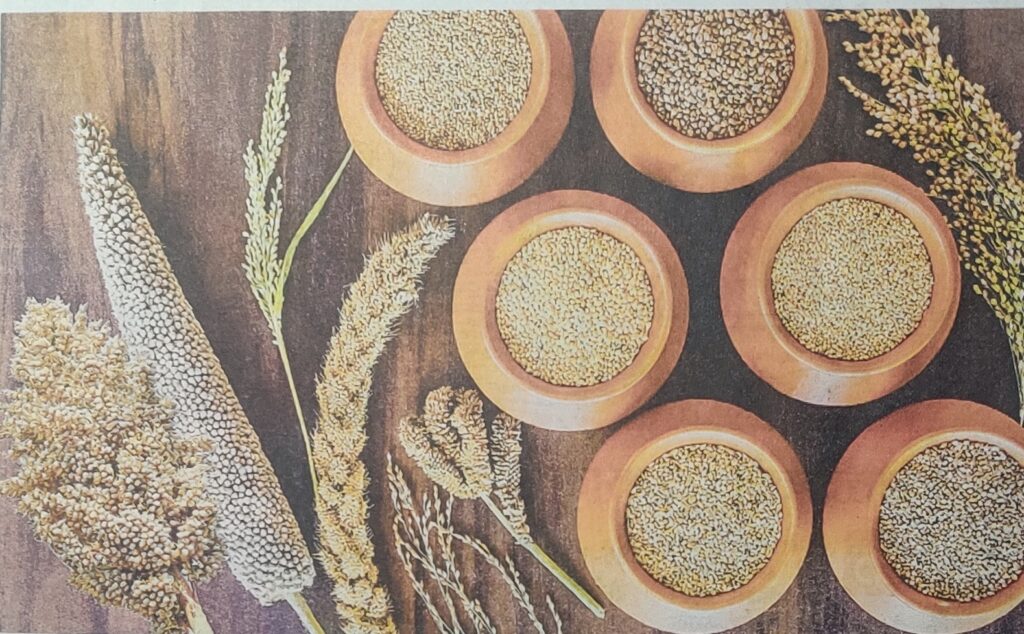
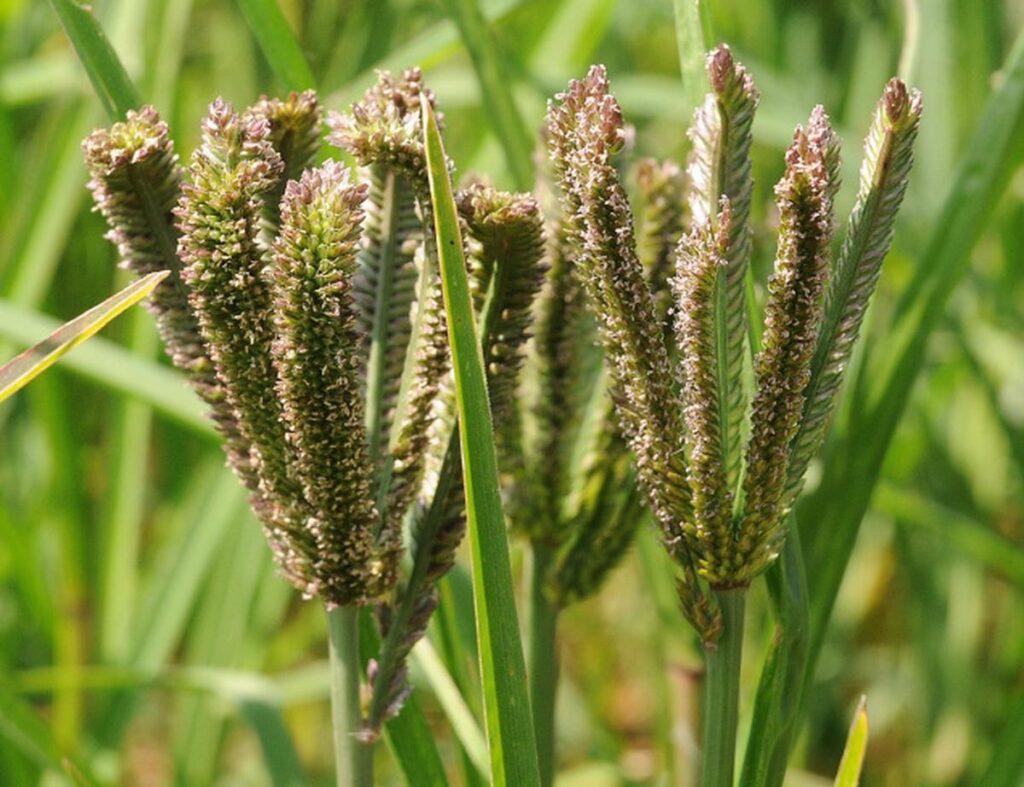
Ragi or Finger Millet or Eleusine coracana
Ragi is considered as most important food. Experts and doctors also suggest for its consumption,
Ragi contains complex carbohydrate, fibre, and protein. It is considered as diabetes controlling food. It is considered as controller of the body weight and provider of mental strength. Pregnant mothers are especially advised to eat ragi.
100g of ragi contains-
320 kg cal. Energy
66.80g carbohydrate
07.16 g protein
36 mg calcium
11.1 g fibre, and
4.62 g iron
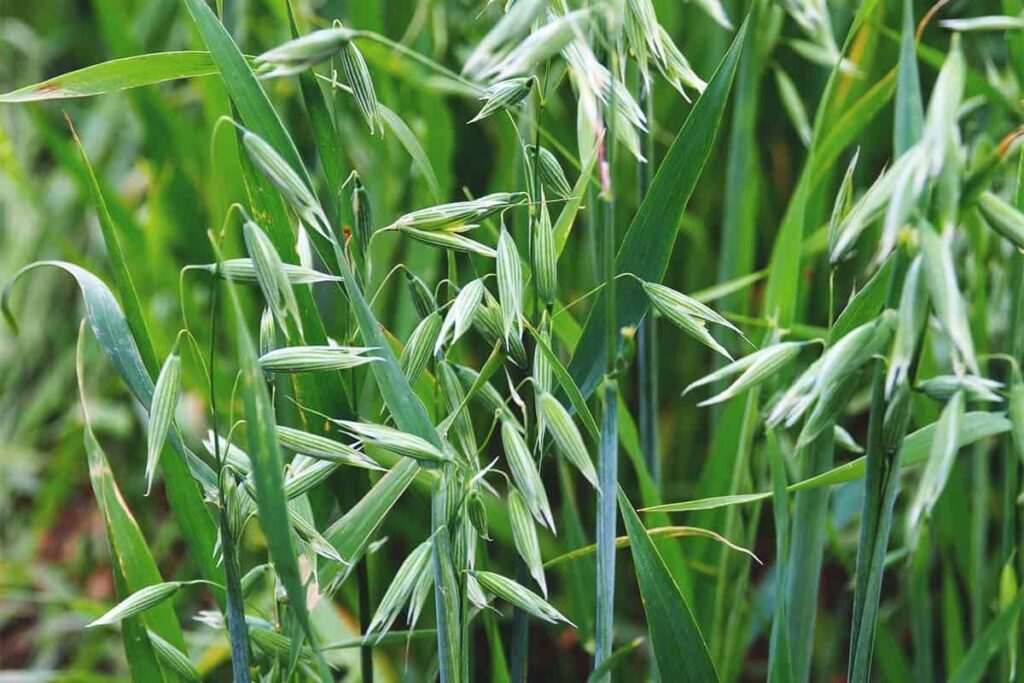
Jai or Oats or Avena sativa
Ragi is easily digestible due to high fibre content. Those who control weight are suggested to eat oat in good quantity. It is also beneficial in constipation. Dalia is made by mixing vegetables in oat. Besides other nutrients jai contains folic acid also which is important for developing children. It is suggested for pregnant mothers. It also contains cancer controlling elements.
100g of oat contains-
374 kg cal. Energy
62.8 g carbohydrate
13.6 g protein
50 mg calcium
3.5 g calcium, and
3.8 mg iron.

Jowar or Sorghum vulgare
Jowar is still grown in some areas of the country. People who grow jowar know about various dishes made of it.This coarse grain contains fibre and anti-oxidants in sufficient quantity. It also contains vitamin B-complex. It is also useful in keeping Sugar and cholesterol under control. Flour of jowar is also mixed with flour of wheat.
100 g of jowar contains-
374 kg cal. Energy
62.8 g carbohydrate
13.1 g protein
198 mg calcium
14.6 g fibre, and
7.51 g iron.

Yav or Barley, or Hordeum vulgare
Jowar is such a coarse grain which contains maximum fibre. Its consumption keeps the body cool. That’s why it is more preferred in summer. It is a good source of magnesium. It keeps our heart and brain fit. It contains more alcohol than other grains.
100 g of barley contains –
315 kg cal. Energy
61.2 g carbohydrate
10.9 g protein
28.6mg calcium
15.64 g fibre, and
1.5mg Iron.
Now a day healthy snax have been prepared using coarse grains. These are beneficial for health. Pops is prepared by bajra seeds, likewise ragi sticks, ragi chips, oat chips, and ragi biscuits are also prepared.

